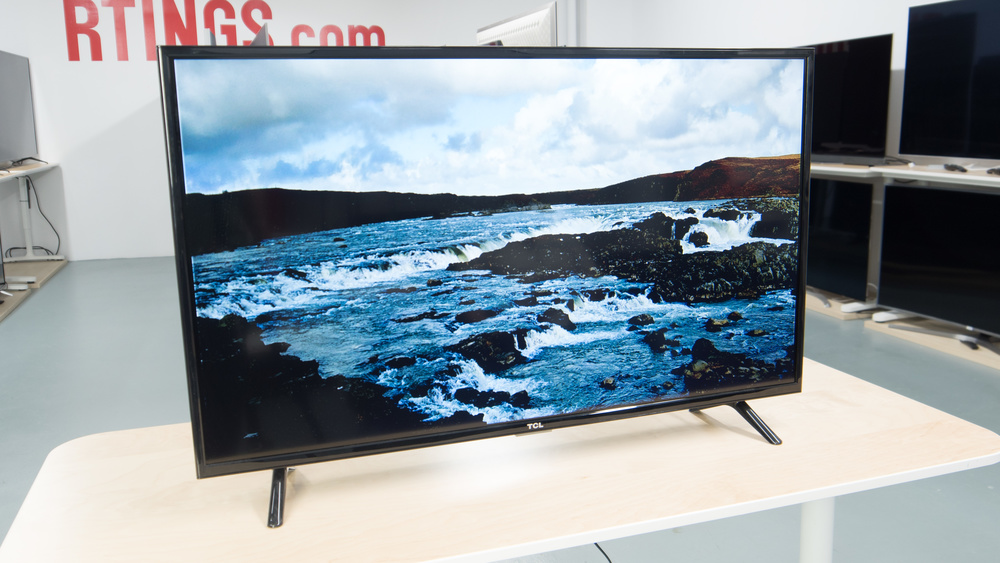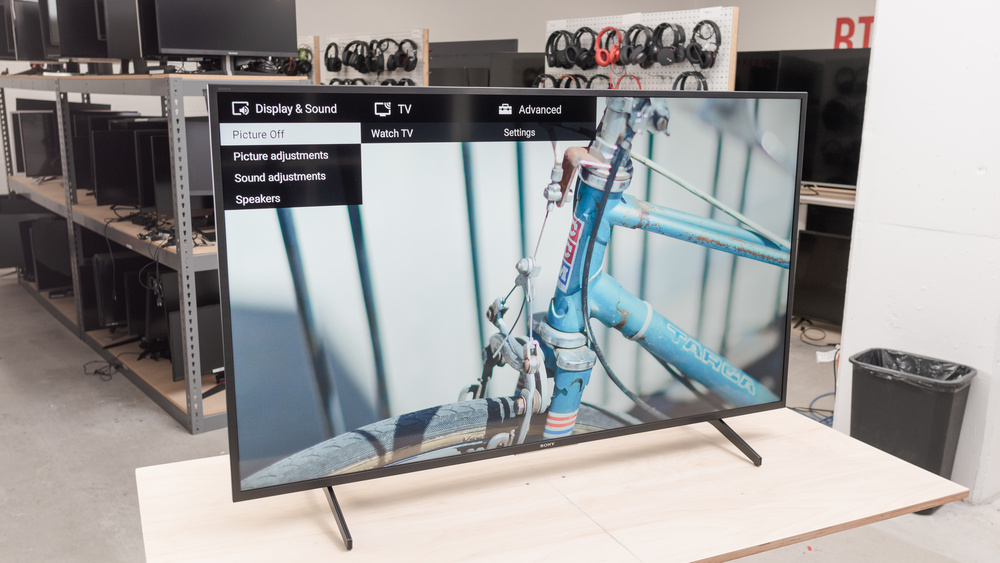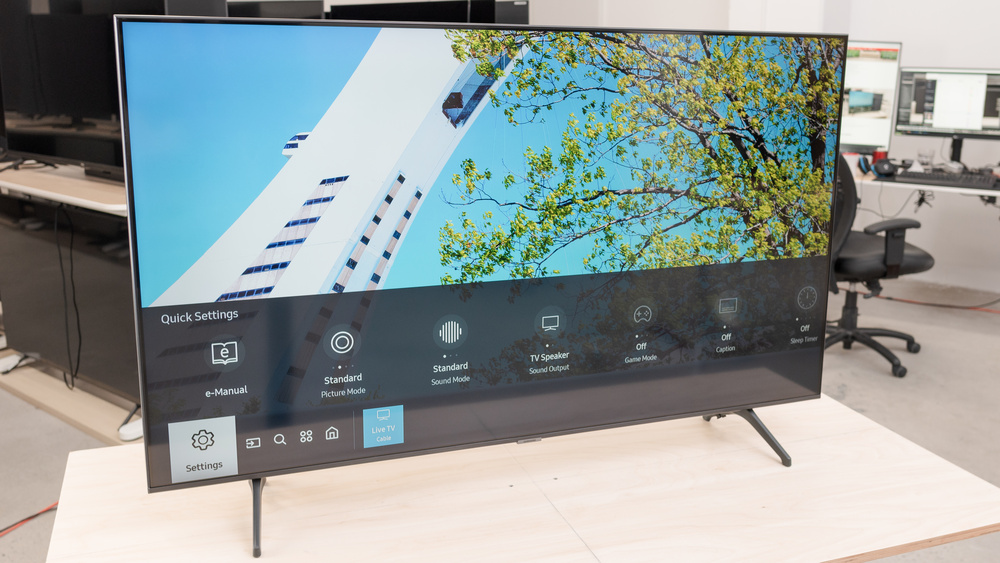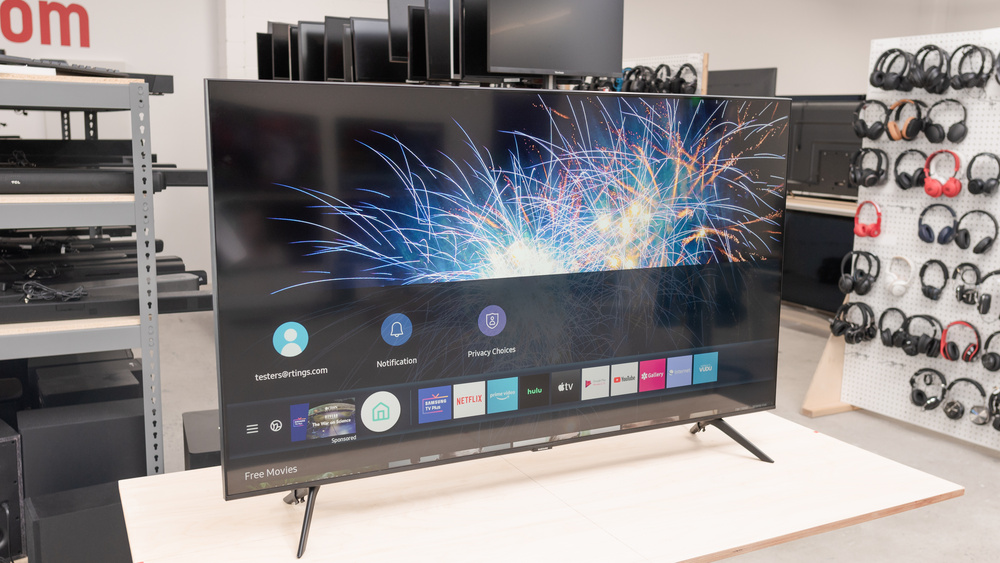Yes and taking the TCL 2020, you said this is what non FALD TVs would look like. I am just saying it's not always like that. Hence, gave the TCL 2019 example which doesn't look as bad when LD is off.I just considered LD OFF == non FALD
I will give a non FALD example as well to be more clear. This is the X750H. Way better than that LD turned off TCL.
My point is for people who can only afford a non FALD TV.
They shouldn't see your TCL example and think this is what every non FALD TV will look like.
Don't move the goal post man. You were giving a general TV buying guideline and told to look for OLED/FALD/High DCI-P3. And wrt I brought up this point. And my point was just that rtings doesn't give that a lot of importance compared to other parameters.We are discussing in the TCL thread which by itself in the indian context is low cost/low bar.
Consensus is, if you find 2 TVs in the vicinity (like within 5k) and one provides shady details and other provides DCI-P3 numbers crossing 90% and other does not, preference should be to the one with better numbers. This should have more priority than say the TV is few nits brighter. (Not sure how much weightage RTings gives to nits, anything there?)
LG, Sony, Samsung of today should all satisfy but I cannot be so sure. This is for the oneplus, nokia, iffalcon, toshiba, TCL, hisense etc. Few are here to dump old technology for not only low price but also low value. Low price, high value is what to look for in that range.
Why do people here take it so personally when I am just bringing up a counter point by a reputed source? I am not saying you guys are wrong. Look back at my statements if you want. My intention is to just discuss the reasons why Rtings may be thinking this way. But instead of discussing why they may be doing that, you are just doubling down on your point and trying to prove Rtings wrong.
Rtings aren't the gospel word. And neither are you guys. So, at the end of the day, let's focus on learning something. Or atleast gain a different perspective.





